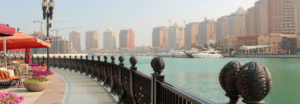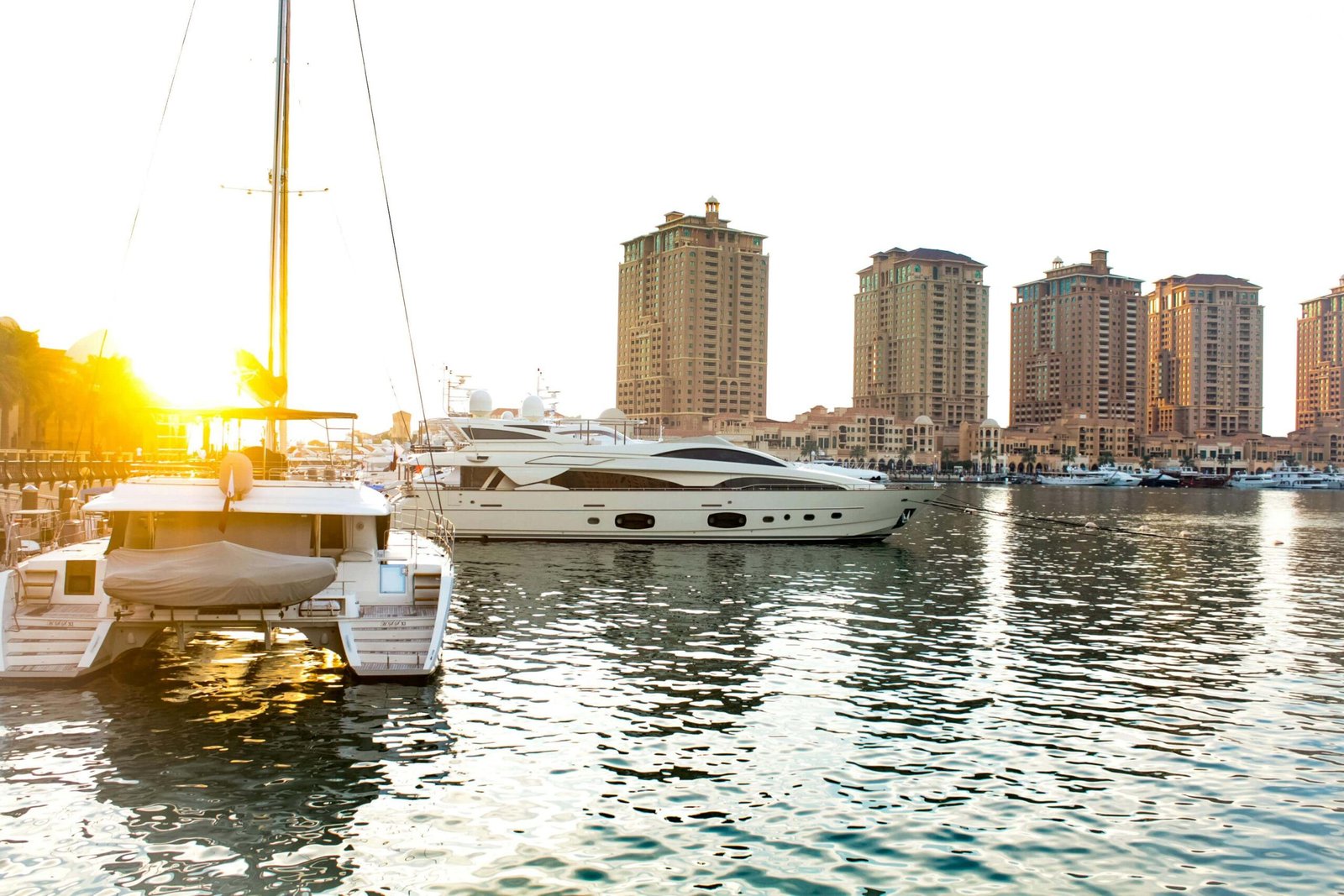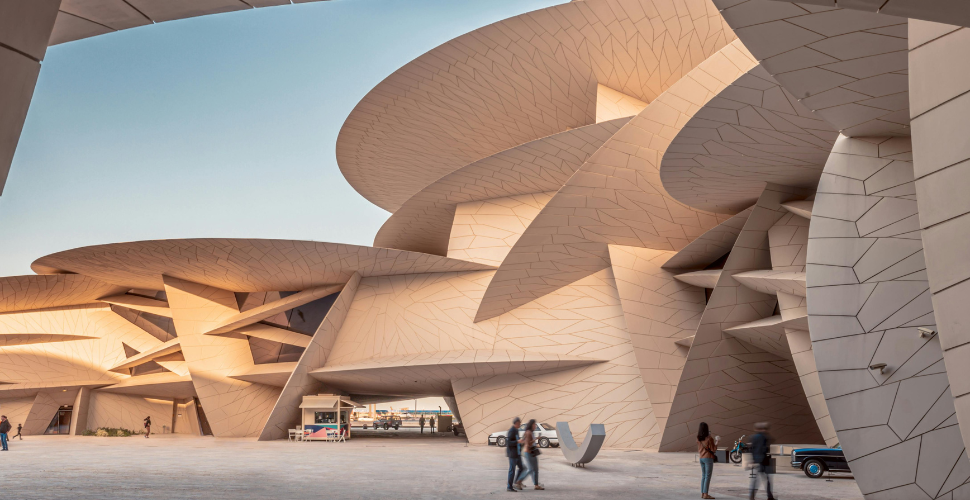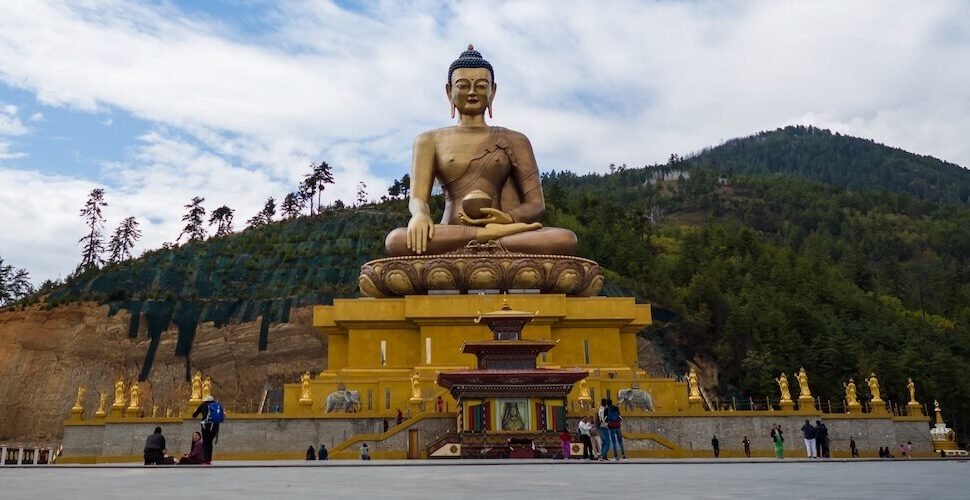The glittering skyline of Doha tells a story of incredible transformation. Just decades ago, this peninsula jutting into the Arabian Gulf was known primarily for its pearl divers and fishing communities. Today, Qatar stands as one of the world’s wealthiest nations, with luxury at every turn. But this rapid evolution didn’t happen in a vacuum—it’s deeply rooted in Qatar’s maritime past.
The Pearl Divers Who Built a Nation

Before the discovery of oil and gas, Qatar’s economy relied heavily on the sea. Walking through the galleries of the National Museum of Qatar, I was struck by the black-and-white photographs of pearl divers preparing for their dangerous dives. These men would spend months at sea, diving to depths of up to 40 meters with nothing but a nose clip and simple weights.
Each diver would descend dozens of times daily, holding their breath for over a minute while searching the seabed for oysters that might—or might not—contain precious pearls. It was grueling, risky work that formed the backbone of Qatar’s pre-oil economy.
“My grandfather was a pearl diver,” shared Mohammed, my local guide. “He told stories of the songs they would sing on the dhows to keep spirits up during the long months away from family. Those same songs are now preserved as an important part of our heritage.”
When Pearls Were Currency

It’s hard to imagine today, but Qatar’s natural pearls were once among the most valuable commodities in the world. They adorned the crowns of European royalty and were coveted by merchants across Asia. The pearl trade created Qatar’s first wealthy merchant families and established trading networks that would later facilitate the country’s global connections.
At the National Museum, I was mesmerized by the Pearl Carpet of Baroda, embellished with over 1.5 million Gulf pearls. Created as a gift for an Islamic shrine, it represents the pinnacle of pearl craftsmanship and shows just how valuable these natural treasures were.
From Wooden Dhows to Luxury Yachts
Qatar’s traditional wooden dhows—sailing vessels with distinctive triangular sails—once carried pearls to India, East Africa, and beyond. Today, these historic boats still dot the Doha Corniche, but they’re now mostly used for tourist cruises or as atmospheric dinner venues.
In their place, the marinas at The Pearl-Qatar and Lusail Marina are filled with gleaming superyachts. This transition from working vessels to pleasure craft mirrors Qatar’s broader economic evolution.
“We named our premier artificial island ‘The Pearl’ for a reason,” explained Fatima, a representative from Qatar Tourism. “It’s shaped like an oyster with pearl formations and stands as a tribute to our maritime heritage. Even as we look forward, we stay connected to our past.”
The Discovery That Changed Everything
Qatar’s maritime expertise positioned it perfectly to take advantage of its next natural resource: offshore oil and gas. When oil was discovered in 1939 and exports began in 1949, the skills developed through centuries of seafaring proved invaluable.
Many former pearl divers found new opportunities in the emerging energy sector. Their knowledge of local waters and experience with challenging offshore conditions helped establish Qatar’s early petroleum industry.
Today, natural gas—much of it from the offshore North Field, the world’s largest single gas reserve—has transformed Qatar into the world’s leading exporter of liquefied natural gas (LNG). This maritime resource has funded the country’s dramatic modernization.
Maritime Heritage in Modern Design
What fascinates me most about Qatar is how deliberately it incorporates its seafaring past into its ultra-modern present. Take a walk through Msheireb Downtown Doha, and you’ll notice architectural elements inspired by traditional dhows. Visit the Museum of Islamic Art, and you’ll see how its design evokes ancient Islamic seafaring instruments.
Even Qatar’s most futuristic buildings often feature cooling systems inspired by the windcatchers (barjeel) that once ventilated pearl merchants’ houses, combining cutting-edge technology with time-tested desert wisdom.
The Sea as Recreation
Once the source of hard labor and livelihood, the sea around Qatar now offers leisure and luxury. At Katara Beach and Sealine Beach Resort, visitors enjoy water sports and relaxation. The mangroves at Al Thakira, once harvested for building materials and dhow construction, now attract kayakers and nature enthusiasts.
“My father worked on the sea every day of his life,” said Khalid, a young Qatari entrepreneur I met who now runs luxury yacht tours. “For him, the water meant work and worry. For me, it represents opportunity and enjoyment. But we both share a deep respect for the Gulf.”
Sustaining Maritime Connections
As Qatar races into the future, it’s making conscious efforts to maintain its maritime identity. The annual Katara Traditional Dhow Festival celebrates the seafaring heritage with boat displays, maritime competitions, and traditional crafts. Schools regularly take students to experience pearl diving demonstrations, ensuring the younger generation understands their ancestors’ way of life.
Meanwhile, the distinctive shape of Al Janoub Stadium, built for the 2022 FIFA World Cup, was inspired by the dhow boats. Even as Qatar hosted millions of visitors for this global sporting event, it proudly displayed its maritime roots.
Looking Forward While Honoring the Past
Qatar’s journey from a pearling nation to a global luxury destination offers valuable lessons about honoring heritage while embracing progress. The country hasn’t abandoned its maritime past—it has incorporated it into a forward-looking vision.
For visitors to Qatar, understanding this “pearls to petroleum” story adds depth to the experience of luxury. That spectacular hotel was built with wealth that can be traced back to pearl divers. The exquisite meal you’re enjoying comes from a culinary tradition shaped by seafaring communities. Even the museums and cultural centers telling Qatar’s story were funded by resources discovered beneath the same waters where pearl divers once held their breath in search of treasure.
Next time you visit Qatar, look beyond the obvious luxury. In the curve of a building, the name of a development, or the design of a public space, you’ll find echoes of the sea that shaped this remarkable nation’s journey.
Have you experienced both the historical and modern sides of Qatar? Share your observations in the comments below!




